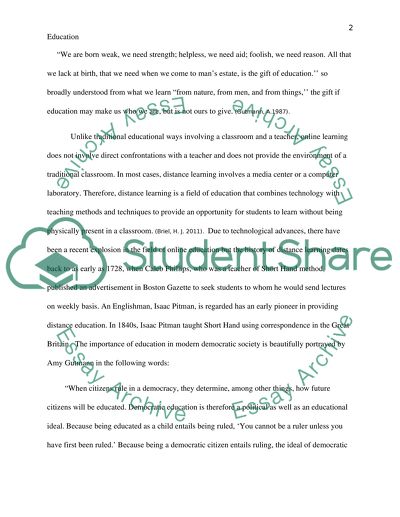Cite this document
(“Why do nontraditional students who are enrolled in online programs Research Paper”, n.d.)
Retrieved de https://studentshare.org/education/1391548-why-do-nontraditional-students-who-are-enrolled-in
Retrieved de https://studentshare.org/education/1391548-why-do-nontraditional-students-who-are-enrolled-in
(Why Do Nontraditional Students Who Are Enrolled in Online Programs Research Paper)
https://studentshare.org/education/1391548-why-do-nontraditional-students-who-are-enrolled-in.
https://studentshare.org/education/1391548-why-do-nontraditional-students-who-are-enrolled-in.
“Why Do Nontraditional Students Who Are Enrolled in Online Programs Research Paper”, n.d. https://studentshare.org/education/1391548-why-do-nontraditional-students-who-are-enrolled-in.


